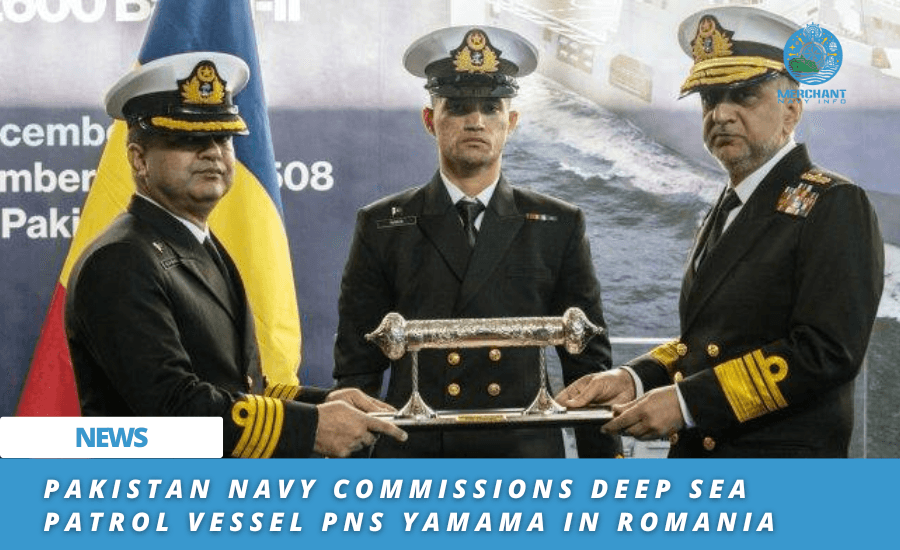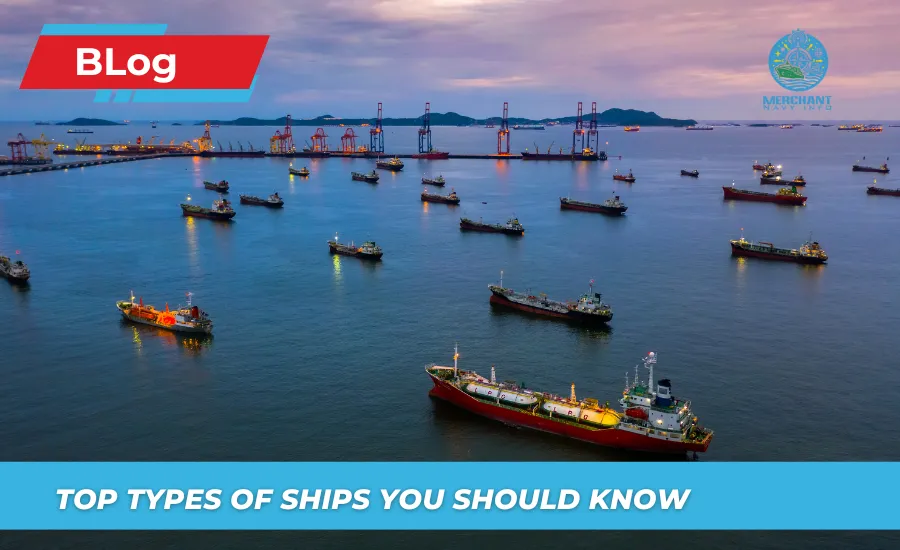
Top Types Of Ships You Should Know
The maritime industry is a vast and complex network that plays a critical role in global trade, transportation, defense, and exploration. Ships of various types and sizes navigate the world’s oceans and waterways, each designed for specific purposes and equipped with the necessary technology and features to fulfill their roles.
From cargo ships that transport goods across continents to naval ships that safeguard national security, and from research vessels that explore the ocean’s depths to luxury yachts that offer leisurely cruises, these vessels are the lifeblood of human activity at sea.
Complete List Of 15 Types of Ships
Understanding the diverse types of ships is essential for appreciating the breadth and depth of the maritime sector, which supports economies, fosters global connectivity, and drives scientific discovery.
Cargo Ships
First and foremost is the Cargo Ship. Cargo ships are the backbone of international trade, designed to transport goods across oceans and seas. These vessels come in various forms, each suited to specific types of cargo. Furthermore, the most common are container ships, which carry goods in standardized containers, allowing for efficient loading, unloading, and intermodal transport across vehicles like trucks and trains.
Other cargo ships include bulk carriers, which transport unpackaged goods like grain, coal, and iron ore, and break-bulk vessels, which handle items that must be loaded individually, such as machinery or vehicles.
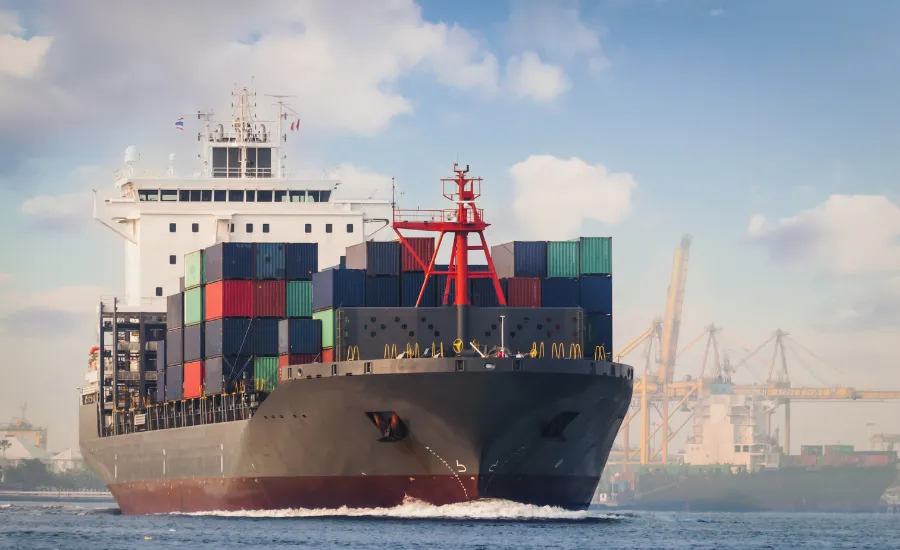
Cargo ships are known for their immense size and carrying capacity, often stretching hundreds of meters long. These ships are crucial to the global economy, enabling the mass movement of goods across continents, thus supporting industries, economies, and consumers worldwide.
Tankers
Secondly, Tankers are specialized ships designed to transport liquids in bulk. The most common types are oil tankers, which carry crude oil from extraction points to refineries and refined petroleum products to markets worldwide.
Other tankers include chemical tankers, which transport hazardous chemicals, and liquefied natural gas (LNG) carriers, designed for transporting natural gas in its liquid form. Additionally, tankers have advanced safety features to handle their potentially dangerous cargo, including double hulls and sophisticated navigation systems.
Also Read: What Are Gas Tankers? Types Of Gas Tankers
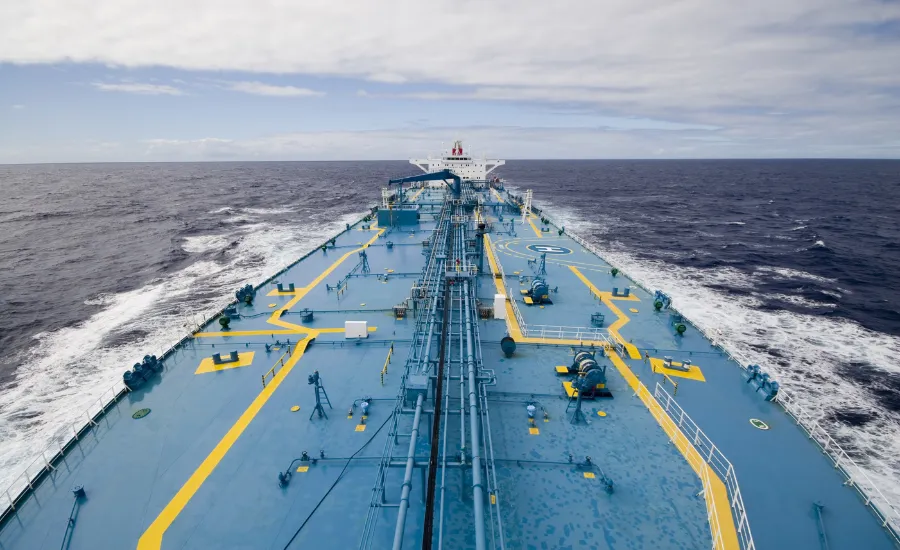
They are some of the largest vessels on the water, with supertankers capable of carrying millions of barrels of oil. These ships also play a critical role in the energy sector, facilitating the global distribution of essential fuels and chemicals.
Container Ships
Container ships have revolutionized global trade by providing an efficient means of transporting goods in standardized containers. These ships can carry thousands of containers, each measuring 20 or 40 feet long, stacked in rows on their decks and their holds.
Using containers allows quick and easy loading and unloading at ports, minimizing downtime and reducing costs. Above all, container ships are classified by their size and the number of containers they can carry, with the largest being ultra-large container vessels (ULCVs), capable of transporting over 20,000 TEU (twenty-foot equivalent units).
Also Read: List Of Largest Container Shipping Companies In 2024
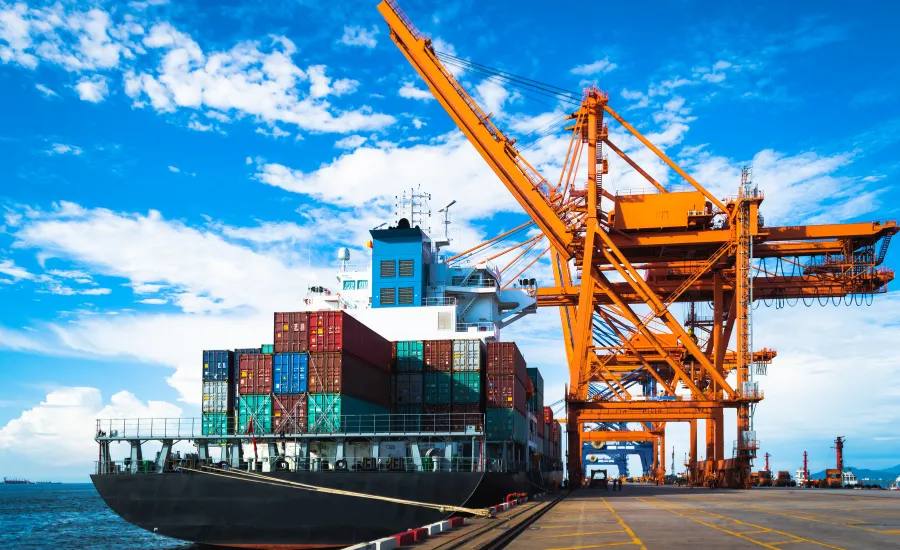
These ships are the most important in modern maritime trade, enabling the seamless movement of goods across global supply chains.
Bulk Carriers
Bulk carriers are specialized vessels that transport unpackaged bulk cargo such as coal, iron ore, grain, and cement. These ships have large, open holds that allow for the efficient loading and unloading of bulk materials. Often using conveyor belts, grabs, or pneumatic systems.
Bulk carriers come in various sizes, ranging from small vessels operating in coastal waters to massive Capesize ships transporting goods across oceans. Furthermore, these vessels are essential to agriculture, mining, and construction industries. As they provide a cost-effective means of transporting large quantities of raw materials.
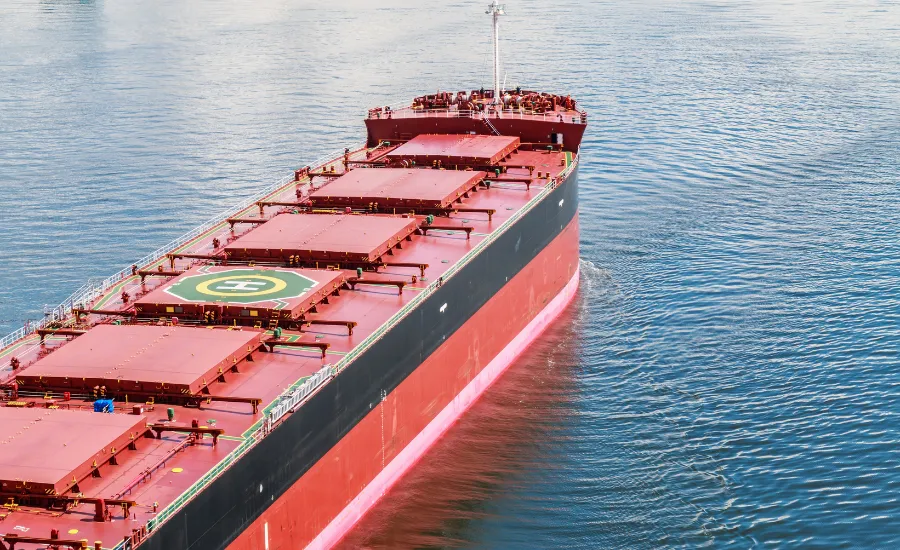
However, the design of bulk carriers prioritizes cargo capacity and ease of handling, making them a vital component of global trade.
Also Read: 16 Types of Container Units and Designs for Shipping Cargo
Passenger Ships
Passenger ships range from small ferries that shuttle people across rivers and harbors to massive cruise ships that offer luxurious voyages across the oceans. Ferries are typically used for short-haul travel, often carrying passengers and vehicles. And are vital in regions where bridges or tunnels are impractical.
On the other hand, cruise ships are floating resorts, offering accommodations, entertainment, dining, and recreation for thousands of passengers on extended voyages. Additionally, these ships are known for their size and amenities, with the largest cruise ships accommodating over 6,000 passengers.
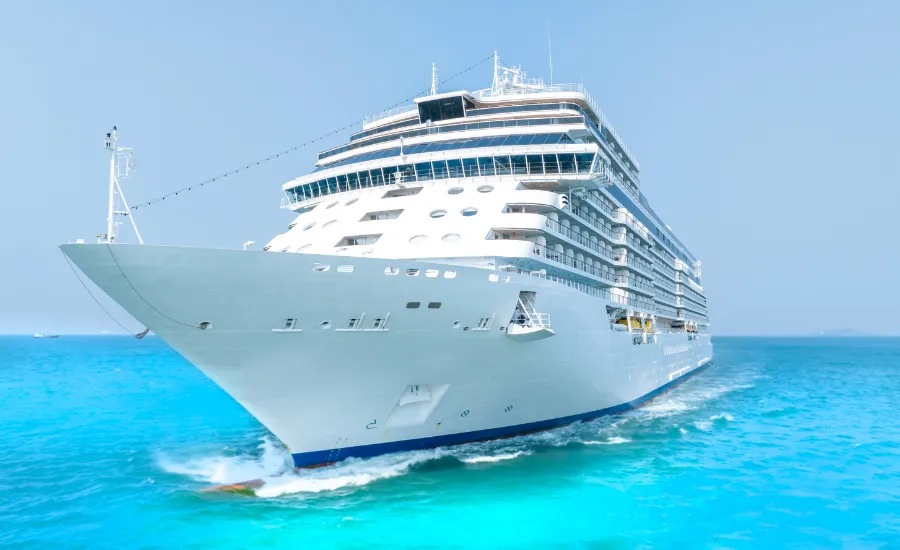
Passenger ships play a crucial role in transportation and tourism, offering safe, efficient, and often luxurious travel.
Also Read: Top 10 Famous Shipwrecks In History
Naval Ships
Naval ships are vessels used by military forces for defense and warfare. This category includes a variety of ships, such as aircraft carriers, destroyers, frigates, submarines, and amphibious assault ships. Aircraft carriers are mobile airbases with a flight deck for launching and recovering aircraft.
Destroyers and frigates are versatile ships for escorting larger vessels, anti-submarine warfare, and air defense. Submarines, capable of operating underwater, are used for stealth missions, including surveillance and launching missiles.
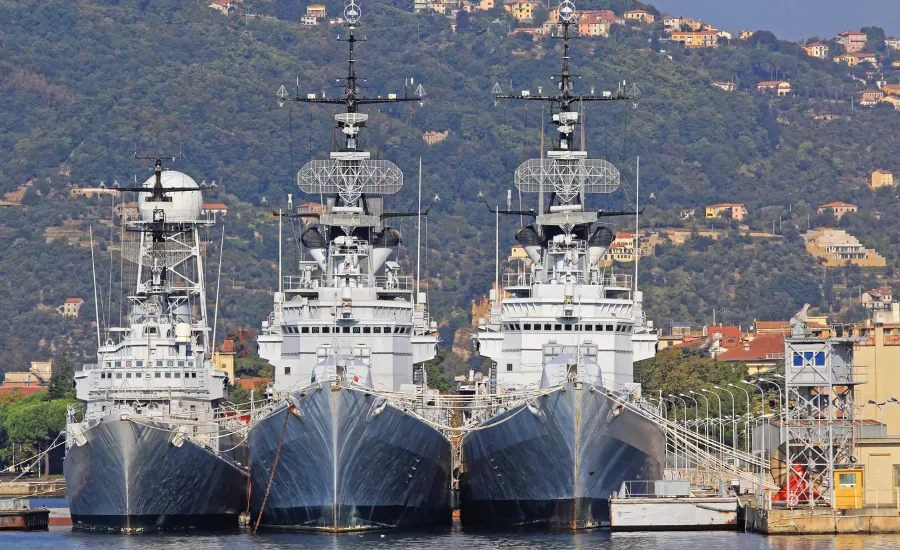
Nevertheless, Naval ships have advanced weaponry, radar, and communication systems, making them vital to a nation’s security. These vessels symbolize power and are used to protect territorial waters, project force, and maintain maritime security.
Fishing Vessels
Fishing vessels are boats or ships used to catch fish and other seafood. These vessels range in size from small, traditional boats to large, industrial trawlers that can stay at sea for weeks.
Fishing vessels are equipped with various fishing gear, including nets, lines, and traps, depending on the type of fishing they engage in. Trawlers, for example, use large nets dragged through the water to catch fish, while longliners use baited hooks on long lines to target species like tuna and swordfish.
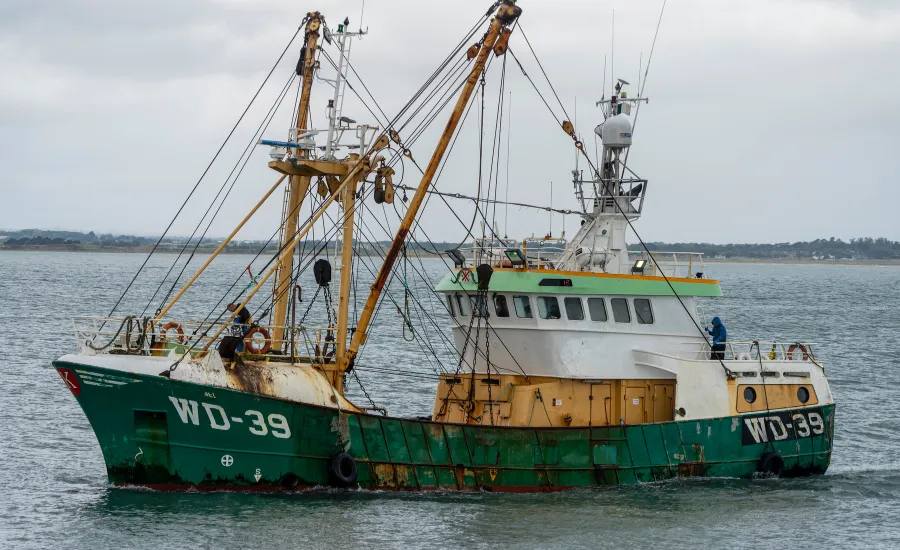
Furthermore, fishing vessels are essential to the global fishing industry, providing food and livelihoods for millions of people. They are designed to be sturdy and seaworthy, capable of operating in various conditions and environments.
Tugboats
Tugboats are small but powerful vessels that assist larger ships in maneuvering, especially in confined spaces like harbors and canals. These boats are equipped with strong engines and are highly maneuverable, allowing them to push or pull ships into position, guide them through narrow channels, or tow them over long distances.
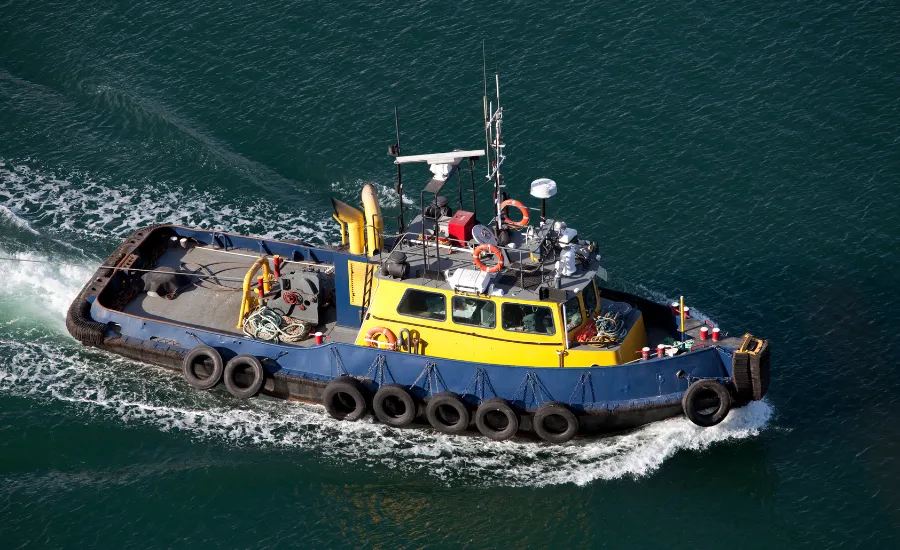
Tugboats are essential in ports and busy waterways where larger vessels might struggle to navigate due to their size or limited maneuverability. Moreover, they are also used in salvage operations, helping to rescue or tow ships in distress. Despite their size, tugboats are critical in ensuring maritime traffic’s safe and efficient operation.
Also Read: 20 Best Shipping Companies In Merchant Navy
Offshore Vessels
Offshore vessels are specialized ships used in the offshore oil and gas industry. These vessels perform various roles, including exploration, drilling, production, and support activities. Types of offshore vessels include platform supply vessels (PSVs), which transport supplies and equipment to offshore rigs, and drillships, which are used for deep-water drilling operations.
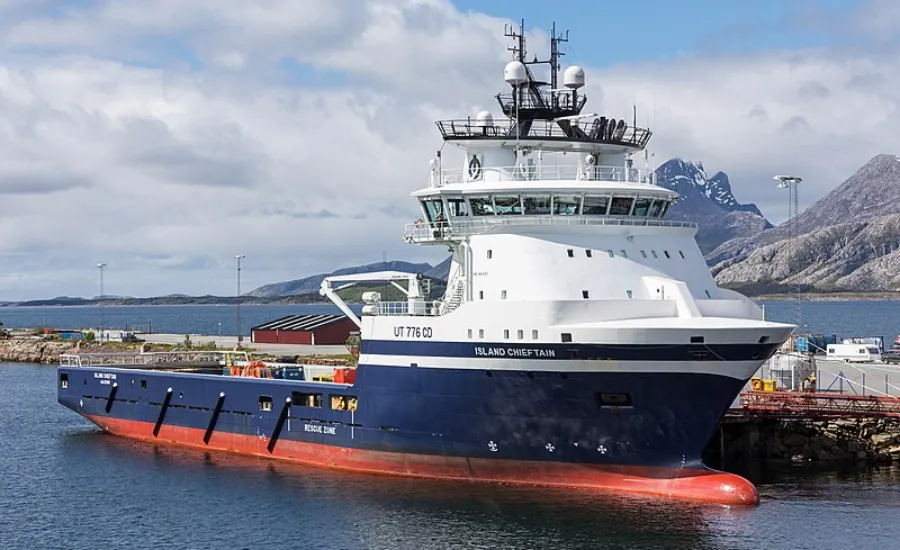
Other types include construction vessels, used for building offshore structures, and accommodation vessels, which provide living quarters for workers at sea. However, offshore vessels have advanced technology and safety features to operate in challenging environments. They are crucial to the energy industry, enabling the extraction and production of oil and gas from beneath the ocean floor.
Research Vessels
Research vessels are ships with scientific instruments and laboratories for conducting marine research and exploration. Scientists use these ships to study oceanography, marine biology, geology, and climate science. Research vessels are equipped with tools such as sonar, underwater robots, and sampling equipment to collect data from the ocean’s depths.
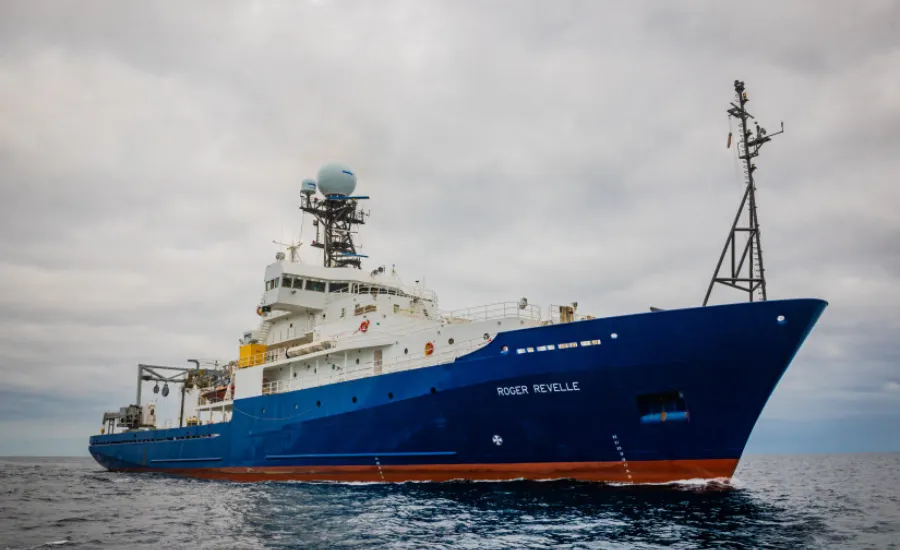
Some research vessels are ice-strengthened, allowing them to operate in polar regions. Above all, these ships are vital in advancing our understanding of the oceans and contributing to marine ecology, climate change, and underwater geology discoveries. They are essential for conducting scientific research in remote and often harsh marine environments.
Yachts
Yachts are luxury vessels used for leisure and recreation. These boats range from small, single-mast sailing yachts to large, motor-powered superyachts over 100 meters long. Yachts are designed for comfort, with amenities such as spacious cabins, dining areas, and entertainment facilities.
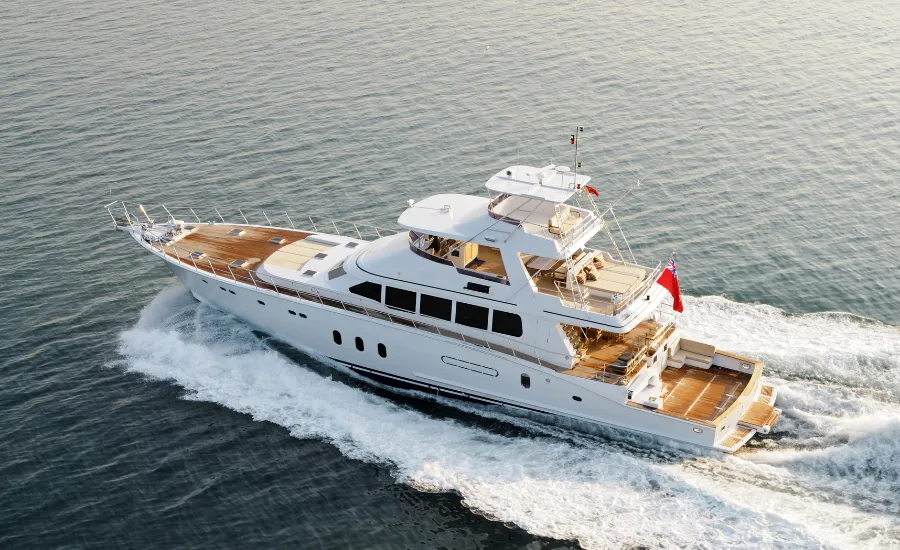
Many yachts are privately owned, but some are available for charter. Sailing yachts rely on wind power, providing a traditional and eco-friendly way to explore the seas. Meanwhile, motor yachts offer speed and the ability to cover long distances. Above all, yachts symbolize wealth and luxury, offering a high-end lifestyle for those who enjoy the sea.
Ferries
Ferries are ships that provide scheduled transport services across bodies of water, such as rivers, lakes, or short sea routes. They are designed to carry passengers, vehicles, and sometimes cargo. Ferries play a crucial role in public transportation, especially where bridges or tunnels are not feasible. Additionally, they come in various sizes, from small boats crossing narrow rivers to large vessels carrying hundreds of passengers and vehicles over longer distances.
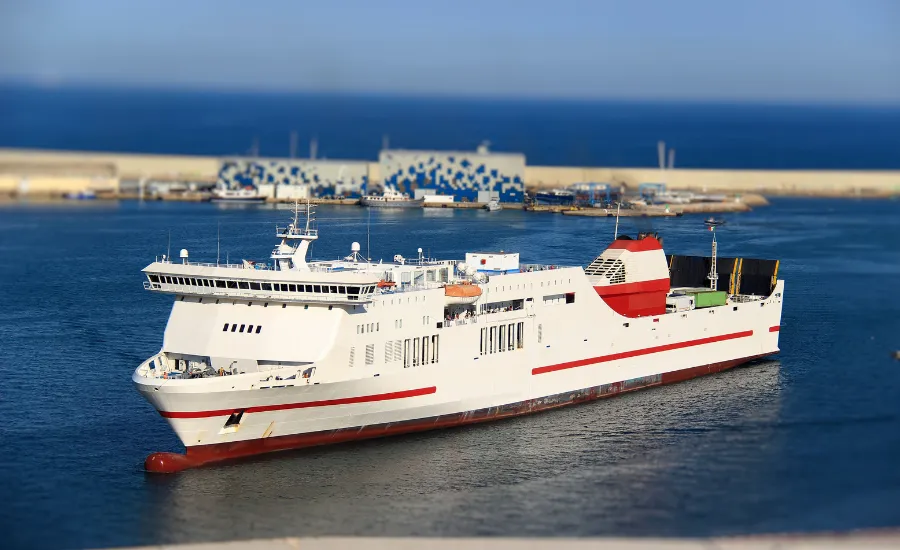
Some ferries have amenities like lounges, cafeterias, and shops to enhance the travel experience. Ferries connect communities, enabling travel and trade across water barriers.
Also Read: What is a Marine Growth Prevention System (MGPS) On a Ship?
Icebreakers
Icebreakers are specialized ships designed to navigate through ice-covered waters, breaking ice to create a path for other vessels. These ships have reinforced hulls and powerful engines that allow them to push through thick ice.
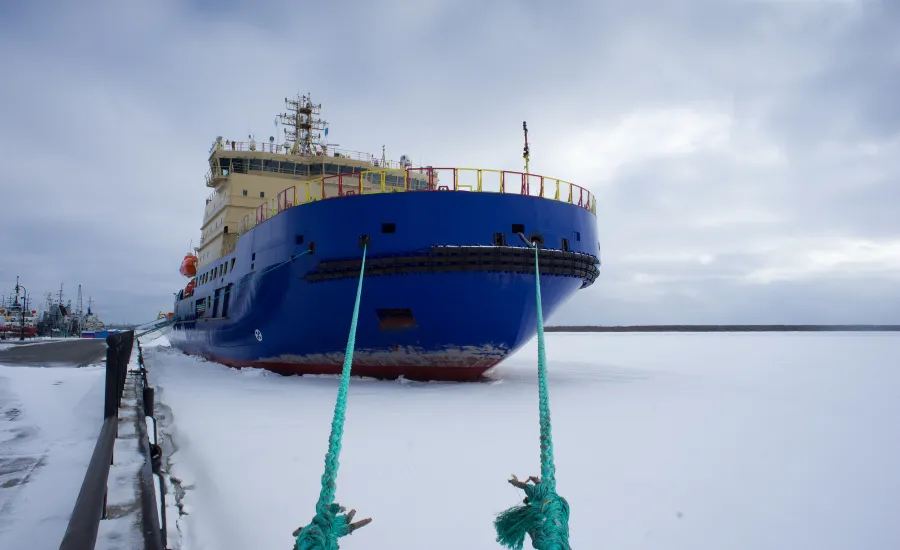
Icebreakers are essential for maintaining navigation routes in polar regions and during winter months in colder climates. They escort other ships, provide access to remote areas, and support scientific research in polar regions. Some icebreakers are also equipped for research, studying ice conditions, climate change, and marine ecosystems in icy waters. Icebreakers ensure safe and reliable maritime operations in challenging icy environments.
Dredgers
Dredgers are ships that remove sediment, debris, and other materials from the seabed to maintain or deepen waterways. These vessels are essential for keeping ports, harbors, and navigation channels clear and navigable. Dredgers come in various types, including suction dredgers, which use powerful pumps to remove material, and mechanical dredgers, which use buckets or grabs.
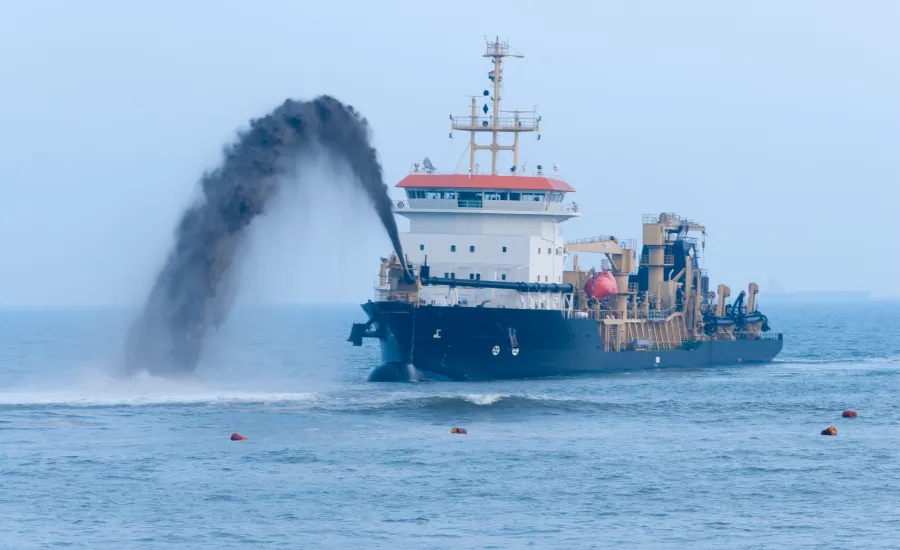
However, dredging is vital for maintaining the depth of shipping lanes, preventing flooding, and reclaiming land. Dredgers are also used in construction projects, such as creating new land or building artificial islands. However, these ships are crucial in supporting maritime infrastructure and coastal management.
Cable Layers
Lastly, cable layers are specialized ships that lay and repair submarine communication cables that enable global internet and telecommunication networks. These ships carry large cable spools in their holds and are equipped with sophisticated equipment to deploy the cable onto the seabed. Ensuring it is correctly positioned and tensioned. Moreover, cable layers are also used to repair damaged cables, which can be affected by factors such as fishing activities, anchors, or natural disasters.
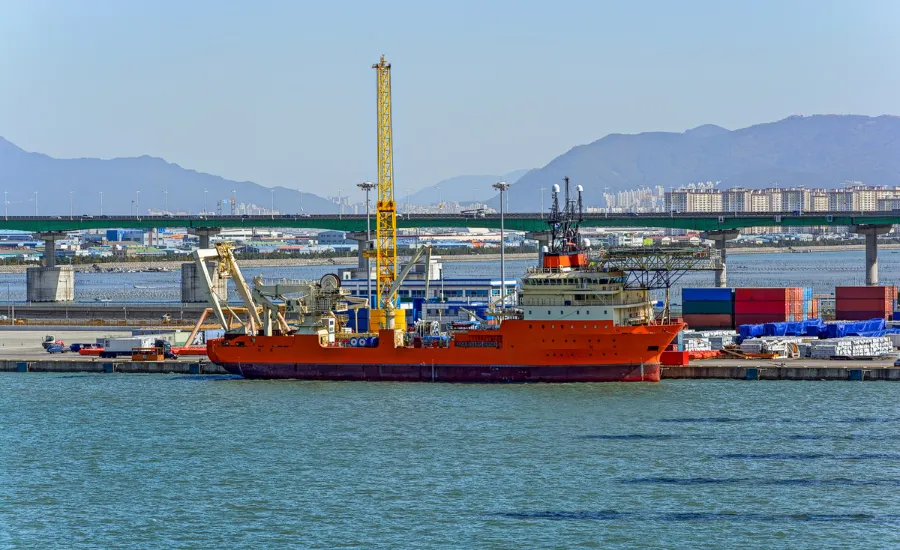
Also Read: What is Cargo Manifest In Shipping?
Conclusion
Maritime means of transport are diverse, reflecting an enormous spectrum of approaches that people have had and have taken to the sea. Every kind of ship has its role and is an irreplaceable part of the planet’s economy and our lives—a cargo ship delivering much-needed products, a tanker delivering vital energy sources, or a deep-sea research vessel charting unknown waters.
These ships provide the foundation for global trade, protection, transport, and research undertaken on the sea. As new technologies emerge and societies’ expectations develop, the work of these ships will become even more crucial to sustain the maritime sector’s contribution to society’s development.







